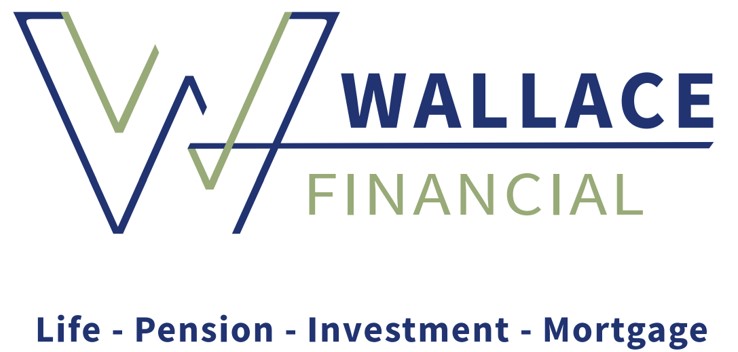The WALLACE Financial Guide to understanding Approved Retirement Funds (ARFs)
Approved Retirement Funds
Pensions can be complex products, so it is important to get the right financial advice. We will take you through all your pension options and explain ARFs in detail, so you will have a plan in place that suits your needs perfectly, and offers maximum tax efficiencies.
What are ARFs?
An Approved Retirement Fund (ARF) is a personal retirement fund where you can keep your money invested as a lump sum after retirement. You can withdraw from it regularly to give yourself an income, and any money left in the fund after your death, can be left to your next of kin.
An ARF invests in various assets such as shares, property, bonds and cash, so the growth of your ARF fund depends on the performance of the assets it is invested in. These funds are designed to increase in value, but your original investment is not guaranteed. Your ARF can run out during your lifetime if you make large, regular withdrawals from it, if investment returns are less than those projected, or if you live longer than expected. This is referred to as Bomb Out risk!
Who can take the ARF option?
Anyone with a pension fund. If you are self-employed, a proprietary director, or if you have a PRSA or are retiring from Defined Contribution employer pension plan, assuming that the rules of that particular pension plan allow it.
Growth from your ARF is tax-free, but withdrawals from it are subject to income tax, PRSI and Universal Social Charge (USC) and you have a requirement to withdraw at least 4% pa from the ARF from Age 61 and 5% from Age 71.
If you do not withdraw any money from your fund (from Age 61), Revenue will assume that you have withdrawn 4% each year and income tax and USC on this 4% will be taken from your fund each January. So you will be charged tax whether you have taken an income or not. Yearly management charges also apply. As these are taken directly from the fund, they reduce the value of any growth in the fund.
Annuity or ARF?
If you have to choose between an annuity and an ARF, it is important to weigh up the pros and cons of both. Consider your personal circumstances as they are now, and how they are likely to be in the future. Remember we can help you make the decision that’s right for you.
|
Advantages of ARFs |
Disadvantages of ARFs |
|---|---|
|
You keep control of your retirement money. This may be important if you are in poor health or want to leave this money to your dependants after you die. |
Your retirement money is not guaranteed to keep its value, as the assets in which your ARF is invested may not perform as well as expected. |
|
You can decide when and how much to withdraw from your ARF. |
There is a risk that the ARF could run out in your lifetime i.e. Bomb out risk |
|
You can choose how your ARF is invested. |
You will have to pay for any ongoing investment advice about your ARF. |
|
Any growth in your ARF is tax-free. |
Some ARFs have high management charges, which will reduce the value of your fund. |
|
You can use your ARF to buy an annuity later on, should you decide that you need a secure, regular income. |
Understanding a Vested PRSA – post retirement option!
When PRSAs were created, the legislation around them through up some little quirks that practitioners discovered when they got into the weeds of the actual legislation. One of those quirks lead to the creation of the Vested PRSA.
Thus, at retirement age, you can take 25% as a tax free lump sum and leave the remaining 75% in the PRSA. You do not have to mature it until you reach age 75, when it must be matured or you will not be able to access it at all.
